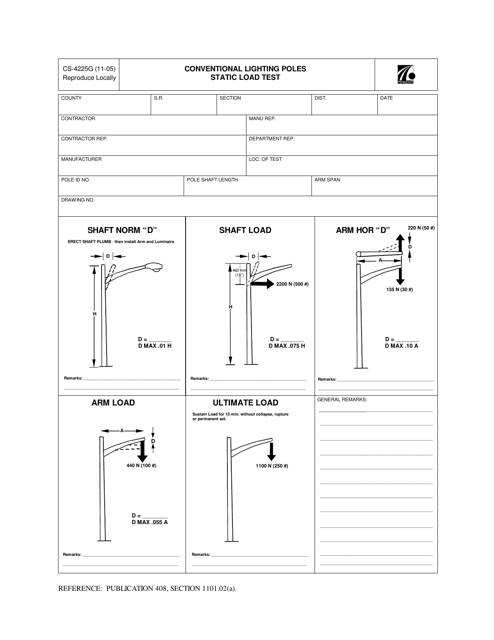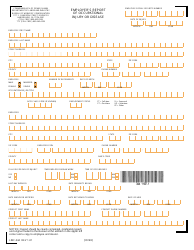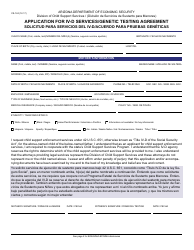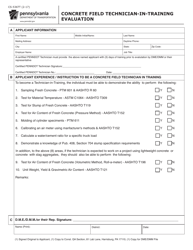Form CS-4225G Conventional Lighting Poles Static Load Test - Pennsylvania
What Is Form CS-4225G?
This is a legal form that was released by the Pennsylvania Department of Transportation - a government authority operating within Pennsylvania. As of today, no separate filing guidelines for the form are provided by the issuing department.
FAQ
Q: What is Form CS-4225G?
A: Form CS-4225G is a document related to conventional lighting poles static load testing in Pennsylvania.
Q: What is conventional lighting poles static load testing?
A: Conventional lighting poles static load testing is a test conducted to ensure that lighting poles can withstand the weight and forces they encounter in normal conditions.
Q: What is the purpose of Form CS-4225G?
A: The purpose of Form CS-4225G is to document the results of the static load test conducted on conventional lighting poles in Pennsylvania.
Q: Who conducts the static load test?
A: The static load test is typically conducted by a certified engineer or technician.
Q: What does the static load test measure?
A: The static load test measures the maximum load capacity and structural integrity of the lighting poles.
Q: Why is the static load test important?
A: The static load test is important to ensure the safety and reliability of lighting poles, preventing accidents or damages caused by structural failures.
Q: What are the requirements for passing the static load test?
A: To pass the static load test, the lighting pole must be able to withstand the specified load without any signs of structural failure.
Q: How often should static load testing be conducted on lighting poles?
A: The frequency of static load testing may vary, but it is generally recommended to be conducted every few years or as required by local regulations.
Form Details:
- Released on November 1, 2005;
- The latest edition provided by the Pennsylvania Department of Transportation;
- Easy to use and ready to print;
- Quick to customize;
- Compatible with most PDF-viewing applications;
- Fill out the form in our online filing application.
Download a printable version of Form CS-4225G by clicking the link below or browse more documents and templates provided by the Pennsylvania Department of Transportation.








![Document preview: Form DSCB:15-8878 voluntary Termination [never Transacted Business] - Pennsylvania](https://data.templateroller.com/pdf_docs_html/1351/13514/1351439/form-dscb-15-8878-voluntary-termination-never-transacted-business-pennsylvania.png)










